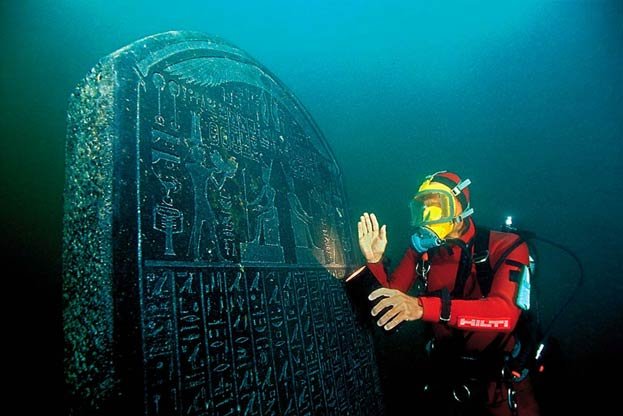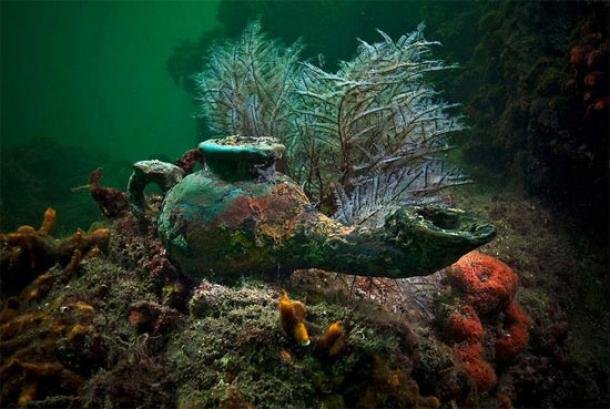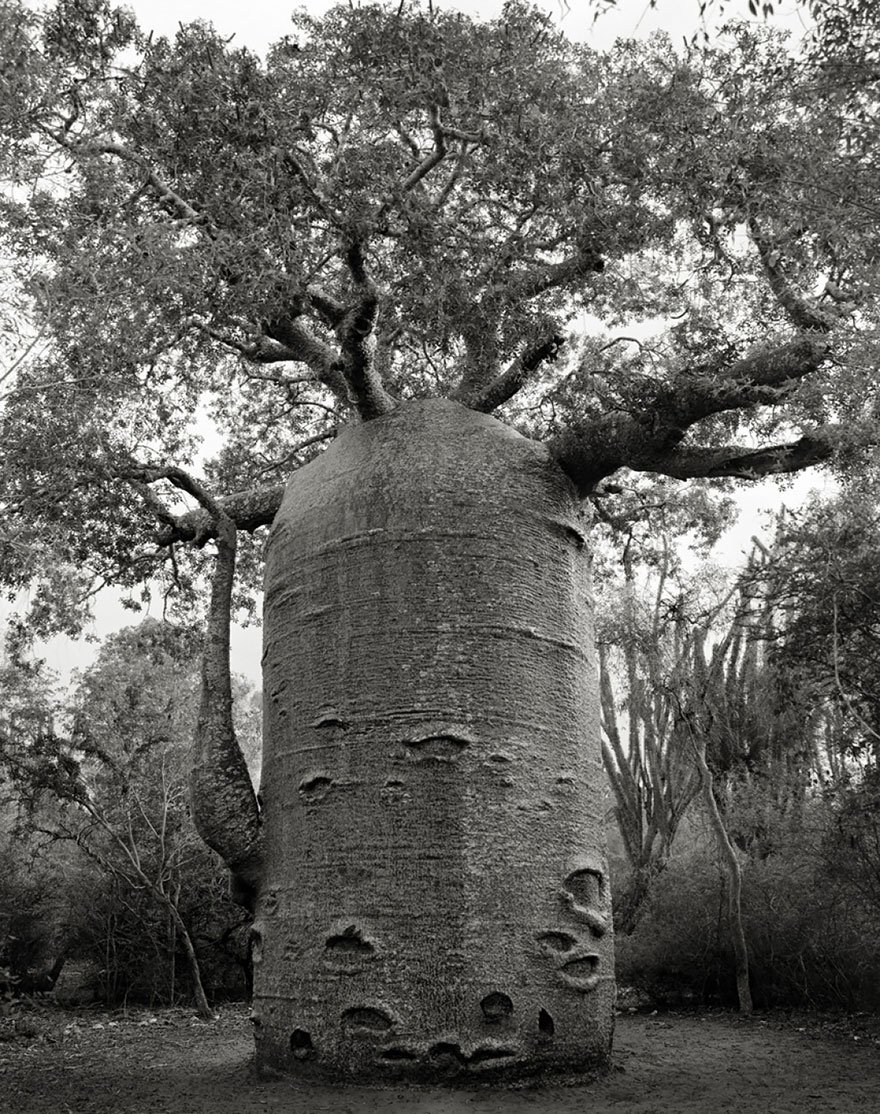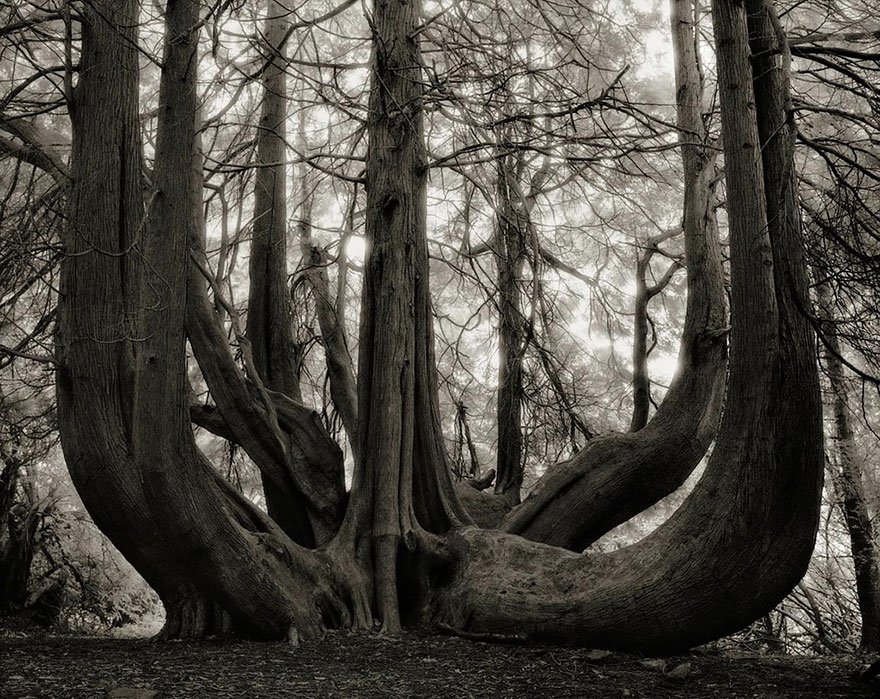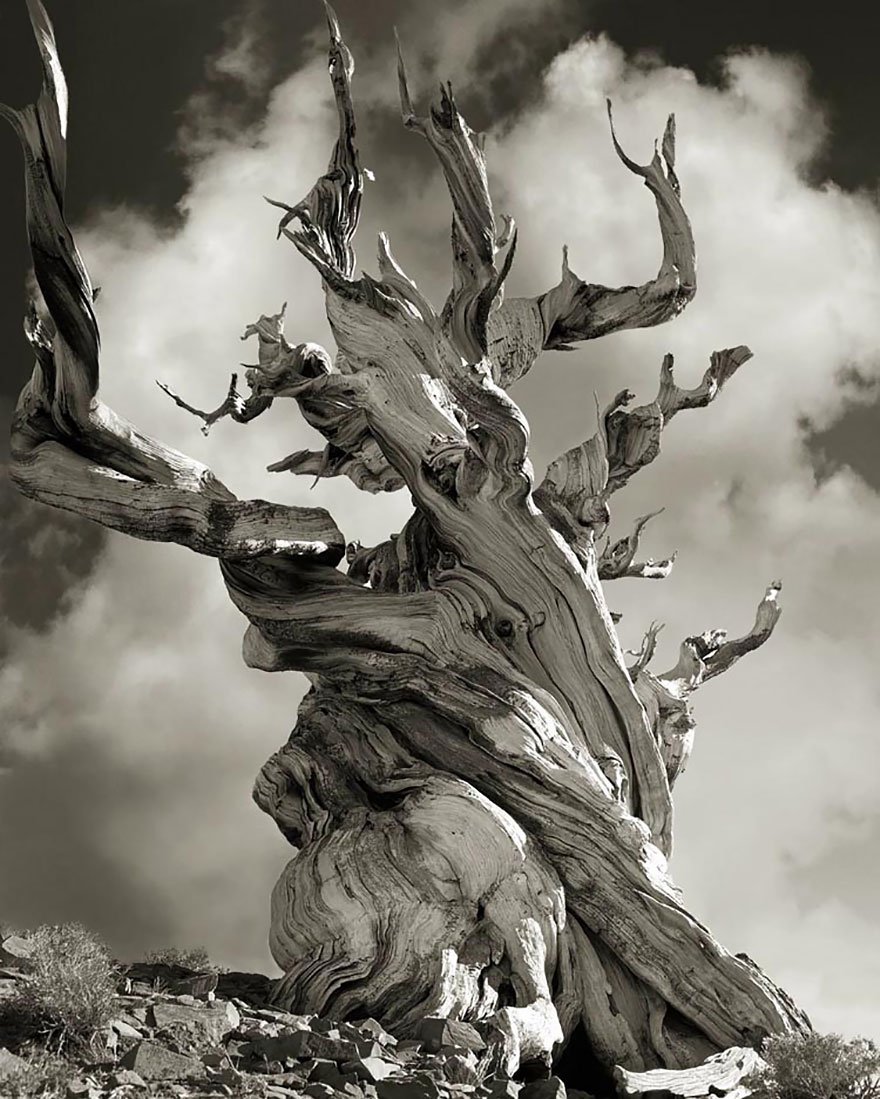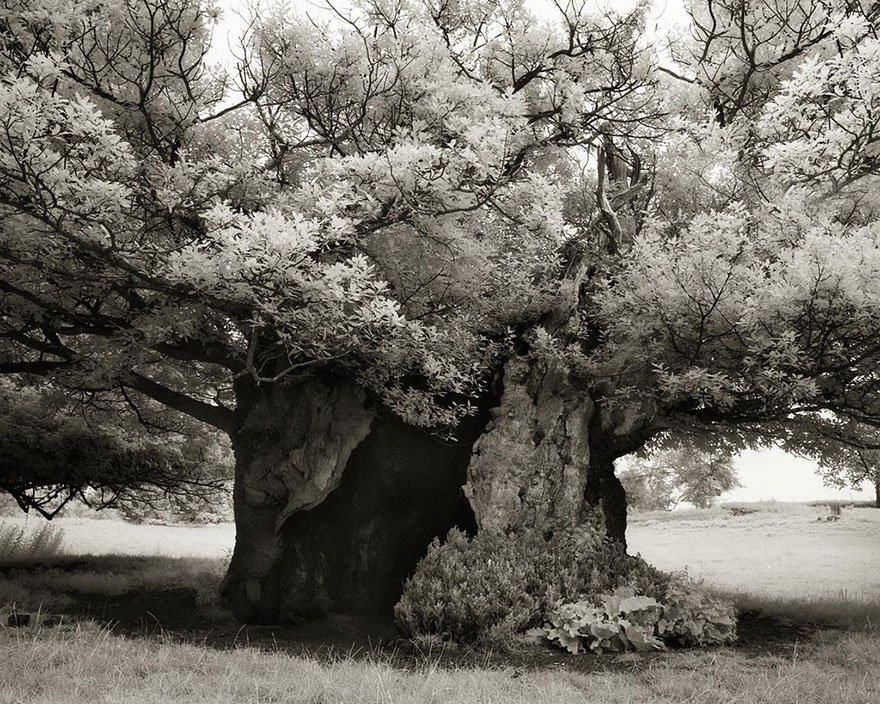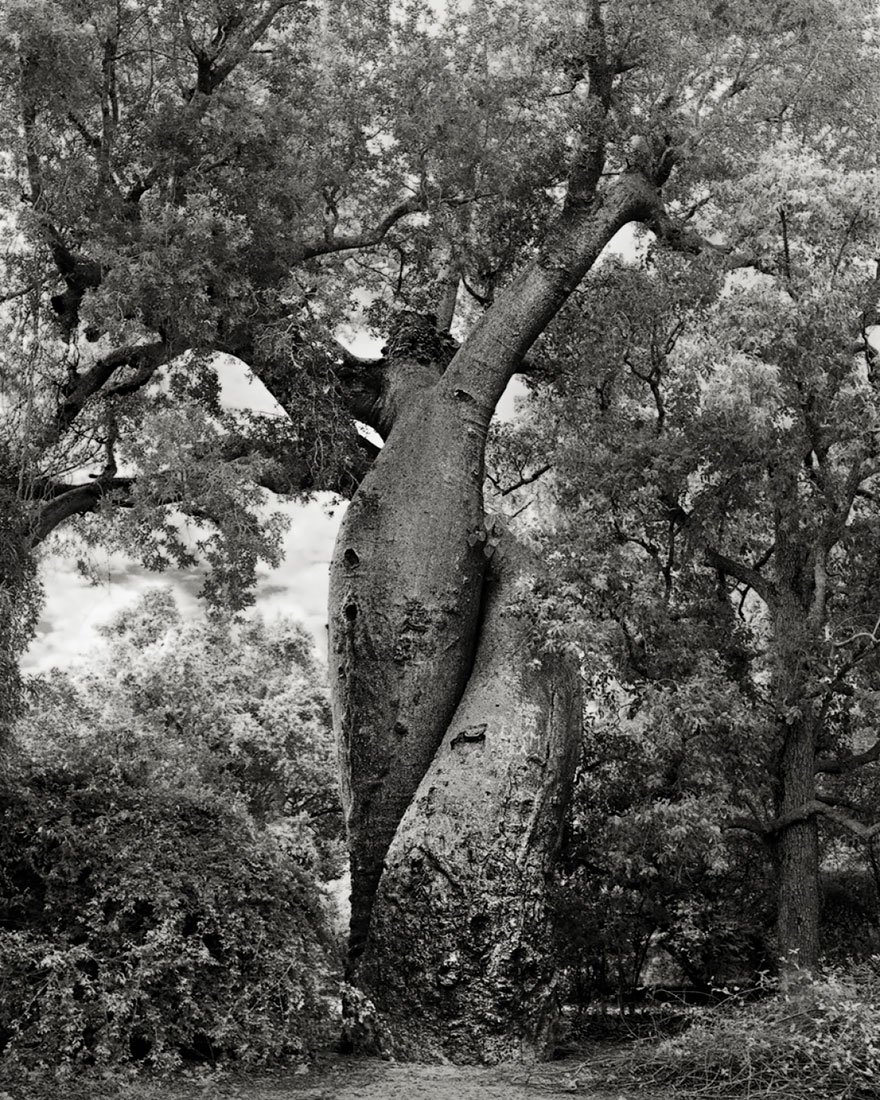High atop a mountain, perched over the sea, nestled within the walls of secluded monasteries, lies a sanctuary of tranquillity where the only sound is the gentle whispers of the wind, soft prayers, and the melody of peaceful contemplation.
And you’re never gonna get in. This place is the Holy Mountain, Mount Athos, a self-governing state within Greece, this 10km border and fence separates this monastic state from the rest of the world.
It’s the spiritual centre of Eastern Orthodox Christianity, they’re the ones with the black robes, different crosses, and fancy icons. Athos is like an Orthodox Vatican and Tibet rolled into one. Women have been banned from Mount Athos for a 1000 years. Athos is the only state in the world with an all male population.
So what is Mount Athos, what is life like there, and are Molotov Cocktails an ecumenical matter? Well, let’s find out!

